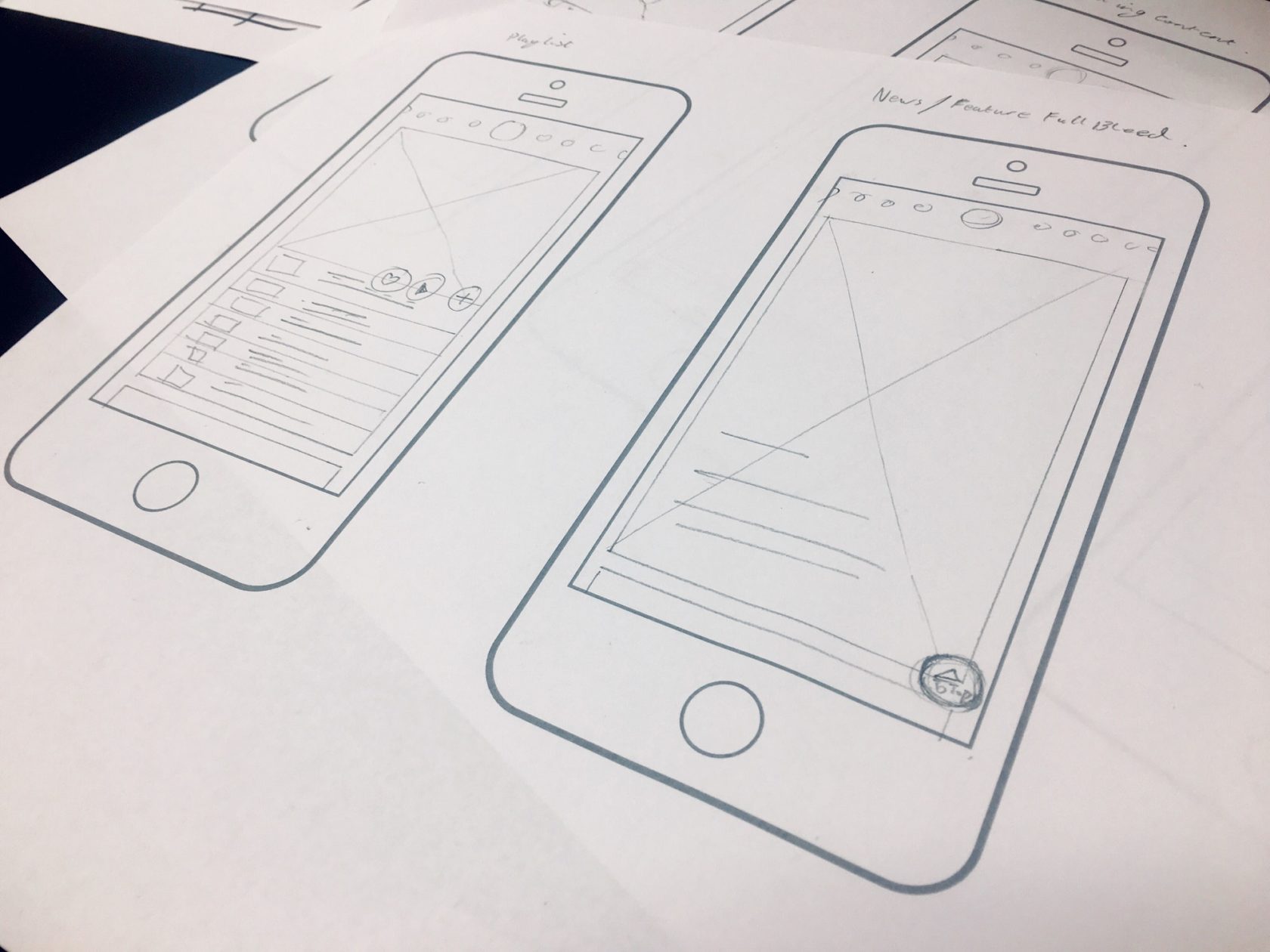A website is a reflection of your business and to improve user experience you must take some necessary steps. It’s the first place a customer encounters your business online. A website is also excellent for revenue boosts. It’s a powerful tool that forms the basis of digital marketing campaigns.
To make your website responsive, you must focus on customers’ needs. It helps if you add value by improving the user experience on your site. Improving user experience would mean that:
- You attract a visitor to your website
- The visitor responds by going to your site
- The visitor scans your website and finds what they are looking for
- They respond by interacting with your products and services
But to get a positive response, your website must influence their choices by reducing obstacles. Your website must also make it easy for visitors to accomplish their goals.
If you are thinking of improving the user experience on your site, here is a check-list you should keep in mind:
- Credibility – How many people can recommend your brand?
- Usability – How easy is it for visitors to use your CTAs?
- Value – What result can visitors expect from your site?
- Accessibility – Can people with disabilities navigate your site?
- Navigation – How easy is it for visitors to move from page to page?
- Satisfaction – How does a visitor feel after leaving your page?
- Emotional drives – Does your website build and nurture relationships?
In this article, we will take a closer look at ways you can tweak your website to improve user experience.
How to Improve User Experience on Your Website
1. Make Every Page Scannable
It’s a fact that most website visitors are scanners. In other words, they will pick bits of text on your website and only consume what they find appropriate. At times, they will only check the headings and bullet points and leave the page. If your content is packed with too much information in long paragraphs, it’s likely they will miss the most important parts.

The scannability of your pages determines the bounce rate of your website. If you want people to read most of your content, you must present it in simpler forms. Here’s how you can do it;
- Subheadings – You should include subheadings that tell the visitor what your website offers. Captivating subheadings trigger your audience to read your content word for word. If you hook a reader on a subheading, you will motivate them to continue reading other parts of your website.
- White spaces – If you want to make your website appealing, include white spaces. White spaces break blocks of text to help visitors focus better. They organize your pages so it’s attractive and scannable.
- Bullet points – An example is what we are using now. Bullet points are excellent for breaking long texts. You can also use bullet points to highlight key points or present a series of information.
- Single-point Paragraphs – They are great for limiting a single idea to one paragraph. This is especially important for readers that focus on take away points.
- Highlights – They draw the attention of the reader. If you underline and color your key facts differently, you show readers where they should concentrate. Just remember not to over-highlight your content, or it will lose its meaning.
- Images – Visuals draw attention. Using relevant visuals breaks the monotony of continuous texts. You can also include infographics and videos to help discuss complex topics.
2. Include a Prominent Call-to-Action
A prominent call to action will help your audience find their way across your website. It’s through a call to action that a customer can determine their next step on your site. If you want a visitor to subscribe to your email list, it’s essential to include a button or form that encourages them to do so.
When creating a call to action, think of colors that pop. You should also consider terms that create an emotional connection. In most cases, the terms may be what other businesses use on their website. But if the call to action holds relevance to your business, it’s best to include it.
If you are stuck on ideas for a call to action, here are some you could use:
- Sign-up – For products and services
- Get started – For introductions
- Subscribe – For updates
- Join us – For communities
- Learn more – For extra resources
An example of a “Get Started” CTA is this one from Prezi.
You can tweak these CTAs to reflect your brand’s identity. But remember that to ultimately improve your user experience, your CTAs should be placed at every touchpoint on your website.
3. Improve Your Page Speed
How fast or slow your page loads determines your conversion rates. If your pages take too long to load, it’s likely that most visitors will opt out of your websites. Slow speeds are frustrating. They are also a significant cause of high website bounce rates.
Since website visitors exert the least patience, it’s crucial to learn features that can increase page speeds.
First, check your images. It’s important to compress your images before loading them on your website. You can use a software tool like Compressor to reduce the sizes of your CSS, JavaScript, and HTML files.

If you are working with a free website tool, check for poorly coded plugins and external scripts. Poorly coded plugins are a common cause for sluggish pages. You can rectify your codes by reformatting, removing unused codes, and deleting code comments.
Another concern should be inadequate browser caching. To improve on caching, consider using private SEO proxies. Proxies are excellent for caching information so you don’t have to go through the internet for similar requests.
To better understand how proxy caching works, here’s a step-by-step process.
- A user places a request on their browser
- The proxy server receives the request and checks it’s cached data to see if it has a recent copy
- If there’s a similar file, the proxy fetches the information and delivers it to the user.
From the explanation, it’s clear that the request did not go through a search on the internet. It’s also evident that the results were fetched from the proxies’ server.
Proxy caching automatically translates to reduced bandwidths and an eventual improvement in loading speeds on the users’ computers.
4. Use a Responsive and Mobile-Friendly Design

The world has gone mobile. More and more people are finding it convenient to access websites through their mobile phones. It’s now common to find people on commute reading blog posts through a mobile device.
To make your website mobile-friendly, here’s what you can do:
- Focus on one topic on each page
- Include a drop-down menu that makes it easy to navigate across the website
- Make sure that the buttons or tabs are big enough for thump use
- Include functionalities that auto-generate the right formats for mobile devices
To confirm if your website is mobile-friendly, try resizing your browser screen. It would help if you also moved through different pages, using the resized screen, to ensure your website is completely accessible from any device.
5. Have a Catchy Headline
A catchy headline has two aspects; It is well-formatted and contains the right keywords. Creating a catchy headline is relevant for attracting the right audience. It also improves your search ranking since it’s most preferred by search engines.
To have catchy headlines, make sure that you understand your audience. Create topics that speak and attract visitors to your site. Also, make sure that your content matches the headline so visitors are compelled to return. Lastly, keep it simple and organized.
Here’s an example of a catchy headline from Unbounce.
Wrapping it Up
There you have it. The five ways you can improve user experience on your site. While every business is different, these tips form the basis of UX conversations. Remember that improving your website is a constant process. It requires effort and consistency to see everything fall in place.

